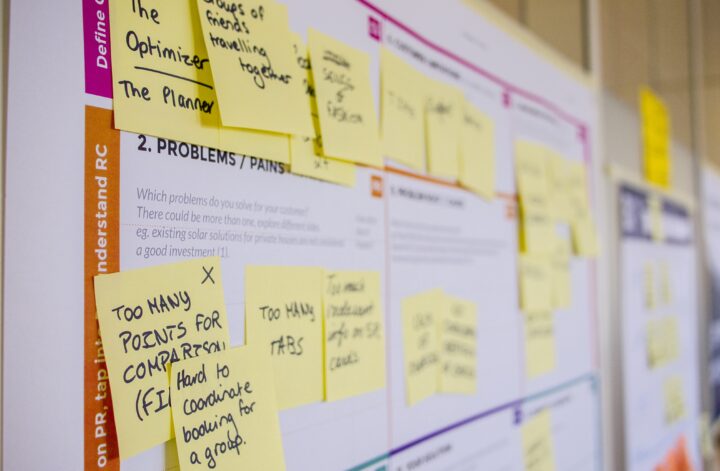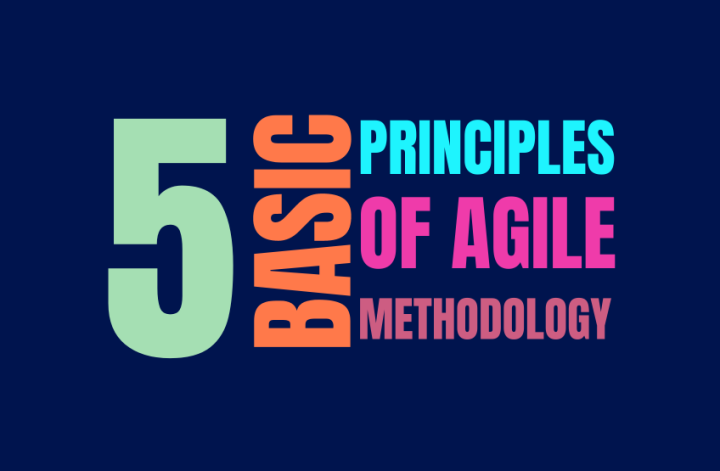Introduction
Project management is a complex topic. It involves multiple tools and methods, each with its advantages and disadvantages. This article will give you an overview of these tools, how they work together (or not), and why they’re essential for project managers.
Agile
Agile is a framework for managing projects that focuses on collaboration and flexibility. It’s used in software development but can also be applied to other fields like product design or marketing. Agile is a set of values and principles, not a methodology; it’s about continuous improvement rather than strict adherence to any particular process.
The idea behind agile methods is simple: instead of working on one large project at a time (which often leads to massive delays), the goal is to break down big tasks into smaller pieces that are then worked on individually until they are ready for completion. This approach allows teams to react quickly when changes or needs arise, so they don’t waste time waiting on one another while they wait for something else—and this kind of responsiveness makes things much easier when dealing with deadlines!
Scrum
Scrum is a framework for managing and completing projects. It’s lightweight, so it doesn’t require extensive planning and scheduling. This approach can be used on any type of project—from software development to marketing campaigns to furniture assembly—and it’s particularly well-suited to hard-to-predict projects that require flexibility and agility to succeed.
Kanban
Kanban is a visual tool that helps you visualize work and workflow. It’s also a pull system, meaning product teams can add or remove items from their backlog as they begin working on them.
This makes it easy to track progress and communicate what needs to be done next with others in your team or organization.
Waterfall
A waterfall is a sequential approach to project management. It’s the most widely used project management method because it’s easy to understand and use. This approach begins with a high-level plan (1), then moves through phases until completion (2). In each stage, work happens in an orderly fashion from the top down:
- Phase 1: Planning and Prerequisites
- Phase 2: Developing Requirements and Designing Solution
- Phase 3: Building Solution
Lean
Lean is a set of principles and practices that help you eliminate waste. It’s a business philosophy focuses on reducing waste, improving quality, and improving processes.
- The goal is to improve your processes by constantly looking for ways to do things better or differently. For example, if you’re using paper clipboards at work, consider using something else—maybe even more versatile! This can prevent mistakes later down the road when employees work together without knowing what they’re doing (for example: If someone puts their hand into an electrical socket while trying out some new-fangled technology).
- If there’s any chance this could happen again in the future (like when someone forgets their keys), then it might be worth implementing some sort of safety precaution before handing them off, so nobody gets hurt through no fault of theirs whatsoever…
Critical path method (CPM)
The critical path method (CPM) is a project management method that uses a network diagram to illustrate the tasks and milestones of a project. The CPM identifies all activities dependent on each other, with their start and end dates. Decision-makers can use this information to determine if they can complete their assigned tasks on time or if they must delay some activity for other jobs not on the critical path to be completed first.
Gantt charts
A Gantt chart is a bar chart that shows the breakdown of tasks and their durations. Gantt charts are helpful for both project planning and execution because they allow you to visualize how much time is left to complete each task in your project timeline.
Gantt charts can be used as a planning tool for creating an effective schedule for your projects by showing how much time is needed for each task, what resources will be required, and when those resources will arrive on-site or at the office. You’ll also want to include notes about any dependencies between tasks (for example, if someone needs another person’s help before they can start working on this particular task).
You can use project management tools when you are trying to organize a project.
- Agile
- Scrum
- Kanban
- Waterfall Methodology and Project Management Scheduling, Planning and Control Tools – Lean Software Development Process (LSPDP) – CPM – Gantt Charts
Conclusion
We hope that you’ve found this guide to be helpful in your journey towards a better understanding of project management. Ideally, it will make it easier for you to tackle even the most complex projects and make them more successful!




